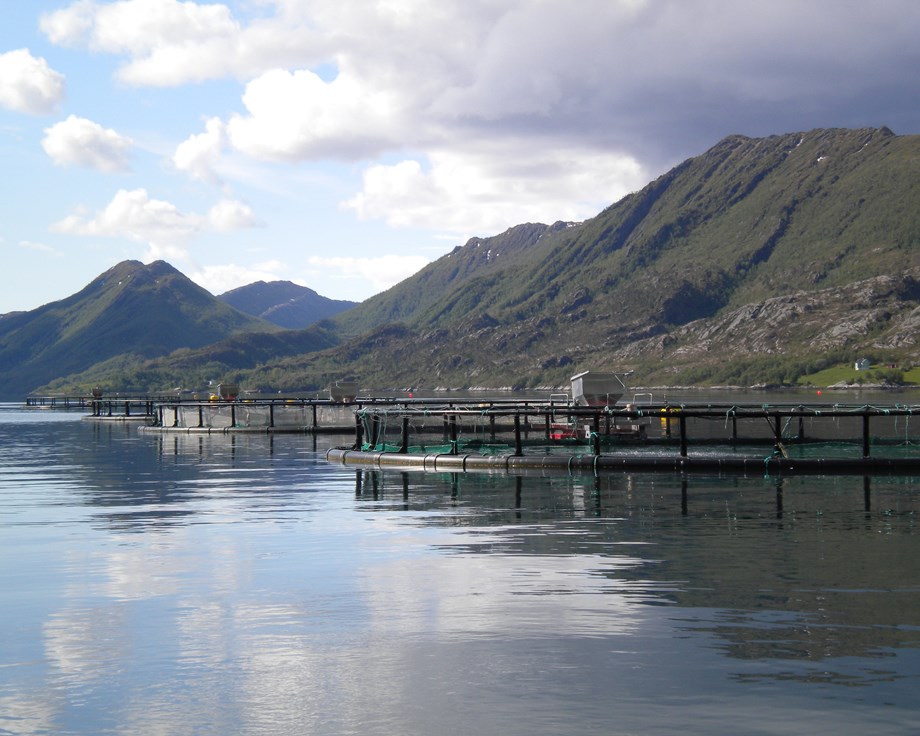BROM/2DBP
BROM-2DBP is a fully-coupled benthic-pelagic model consisting of two modules, biogeochemistry and transport, combined using the Framework for Aquatic Biogeochemical Modelling (FABM, Bruggeman & Bolding, 2014). Biogeochemical processes are modeled with the Bottom RedOx Model (BROM, (Yakushev et al. 2017)) that has a special focus on deoxygenation and redox biogeochemistry in the sediments and Benthic Boundary Layer (BBL). The BROM biogeochemical model is coupled with a 2-Dimensional Benthic-Pelagic transport model (2DBP) that considers vertical and horizontal transport in the water column and vertical transport in the upper cms of the sediments. This allows simulation of the effects of fish farm emissions on water column and sediment biogeochemistry.
The BROM/2DBP model may be useful for both the planning of new farms and the management of existing farms. It can be adapted relatively easily to other areas, although the 2D approximation is likely to work best in areas where current vectors are largely confined to a single depth-horizontal plane (most likely in coastal areas). Relative to other approaches, the BROM/2DBP approach offers a very detailed treatment of water column redox biogeochemistry and an unusually high-resolution, integrated treatment of the water column, benthic boundary layer, and upper sediment transport. It is therefore particularly well suited to studying impacts on concentrations of nutrients, organic matter, and carbonate chemistry in areas that may be subject to deoxygenated conditions, or where interactions with the sediments are important. The approach requires a moderately high level of specialist/technical expertise (compiling and running Fortran code, preparing NetCDF input files) and a moderate level of computational expense (more than a simple box model or spreadsheet approach, but much less than a 3D hydrodynamic model).
Developed by Evgeniy Yakushev, Alisa Ilinskaya, Elizaveta Protsenko, Philip Wallhead, Shamil Yakubov, Svetlana Pakhomova (NIVA in partnership with other organizations)

